
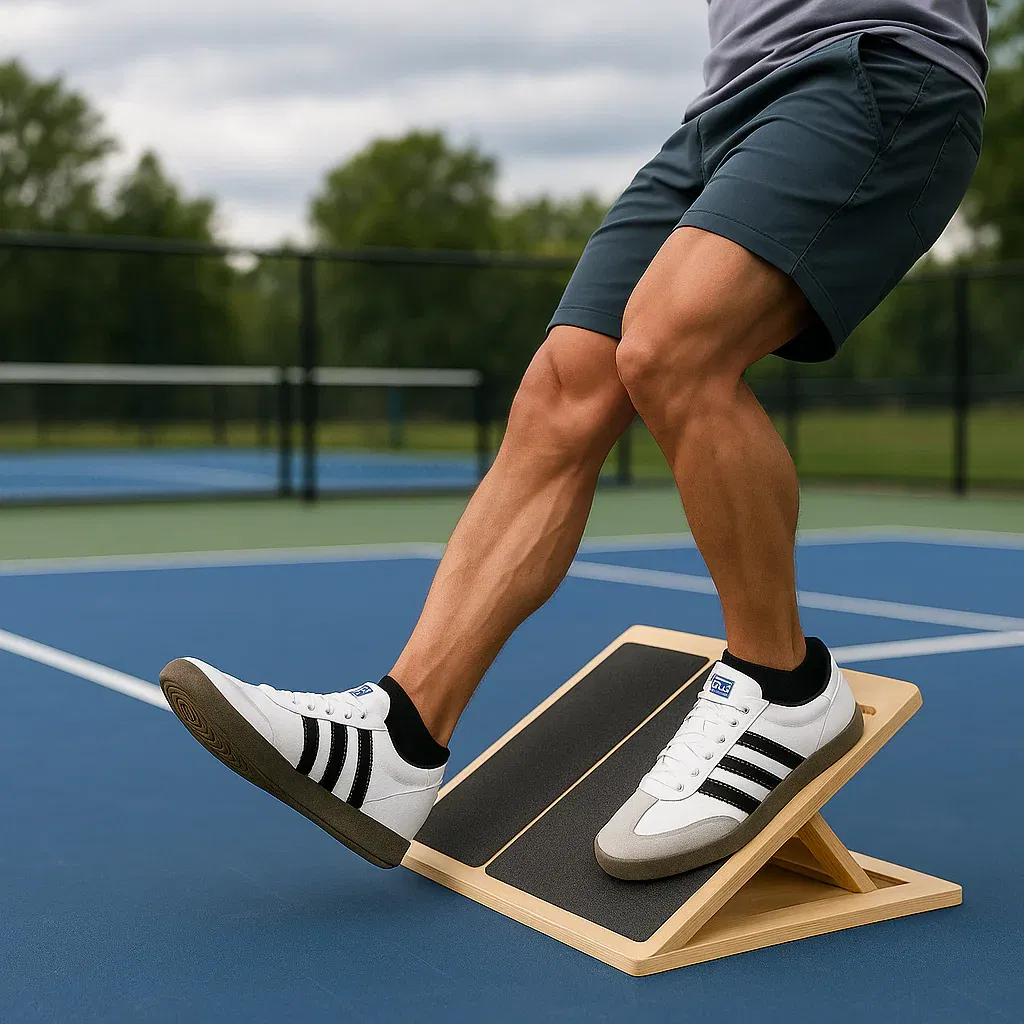
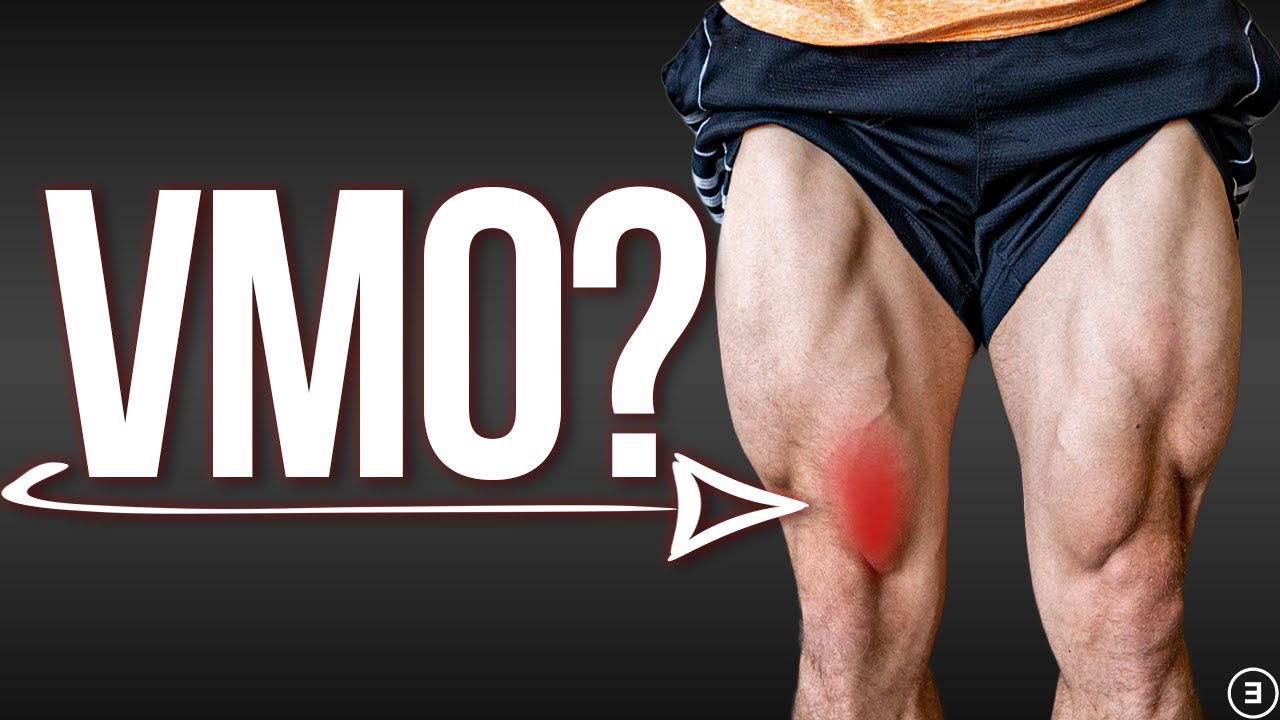




By Dr. Jim Helgas
Last Updated June 4, 2025
Most adults are slowly weakening the muscles that protect their knees — and they don’t even realize it’s happening.
As a physical therapist, I’ve worked with thousands of adults dealing with knee pain. Most of them had strong opinions about what caused it — old injuries, aging, tight hips, worn cartilage.
But almost none of them had heard of the VMO — the vastus medialis oblique — or its role in keeping the knee joint stable and pain-free.
Let alone how to actually train it.
The reality is, when muscles like the VMO are weak or inactive, the entire structure around the knee becomes unstable.
Suddenly, everyday movements — stairs, squats, standing — feel off.
And the pain that follows feels random… but it’s not.
This kind of weakness builds slowly. And by the time most people notice, the damage is already being done.
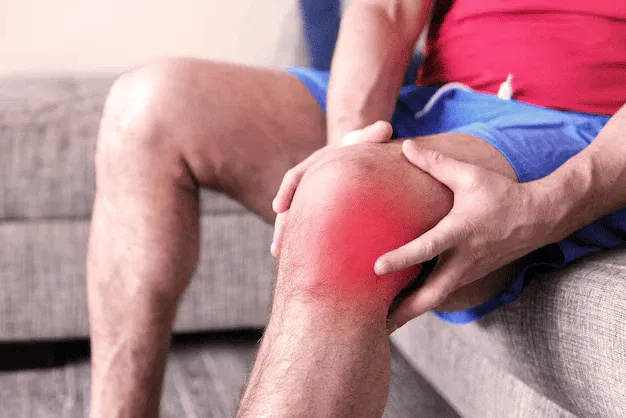
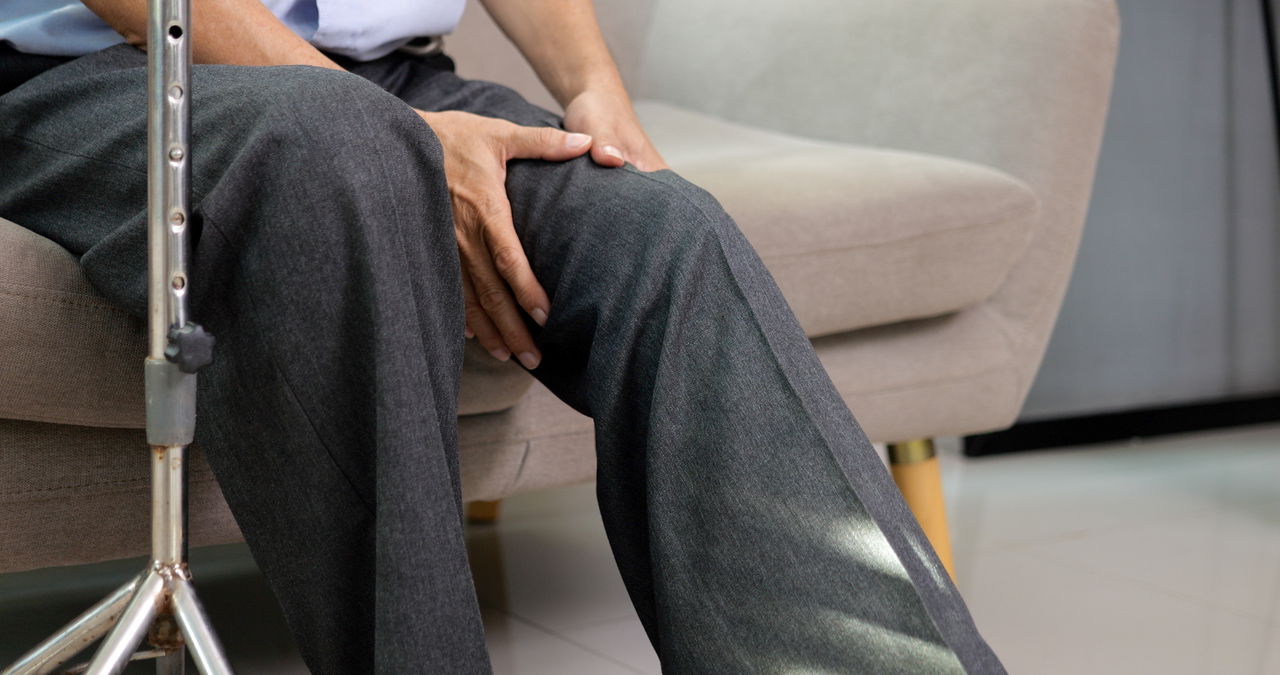
When your quads, glutes, and calves aren’t working in sync — especially the VMO — the body starts shifting force into the joint itself.
You lose control over how your knee tracks.
The surrounding muscles stop absorbing force.
And the cartilage, tendons, and connective tissue end up taking the hit.
That’s when you feel that familiar pressure, aching, or sharpness — especially when walking downhill, sitting too long, or bending under load.
But here’s the part most people miss: Knee pain doesn’t just happen.
It’s the result of neglected movement patterns, imbalanced muscles, and lack of joint support — all of which can be reversed with the right input.
Most adults don’t need physical therapy or invasive treatments to feel better.
They just need to reactivate and strengthen the muscles that protect the knee.
The key is not in doing more — it’s in doing the right things, consistently.
Movements that:
Recruit the VMO and supporting quads
Restore joint stability without loading the knee joint directly
Help the legs absorb force again, the way they were meant to
And most importantly — movements that are simple enough to actually stick with.
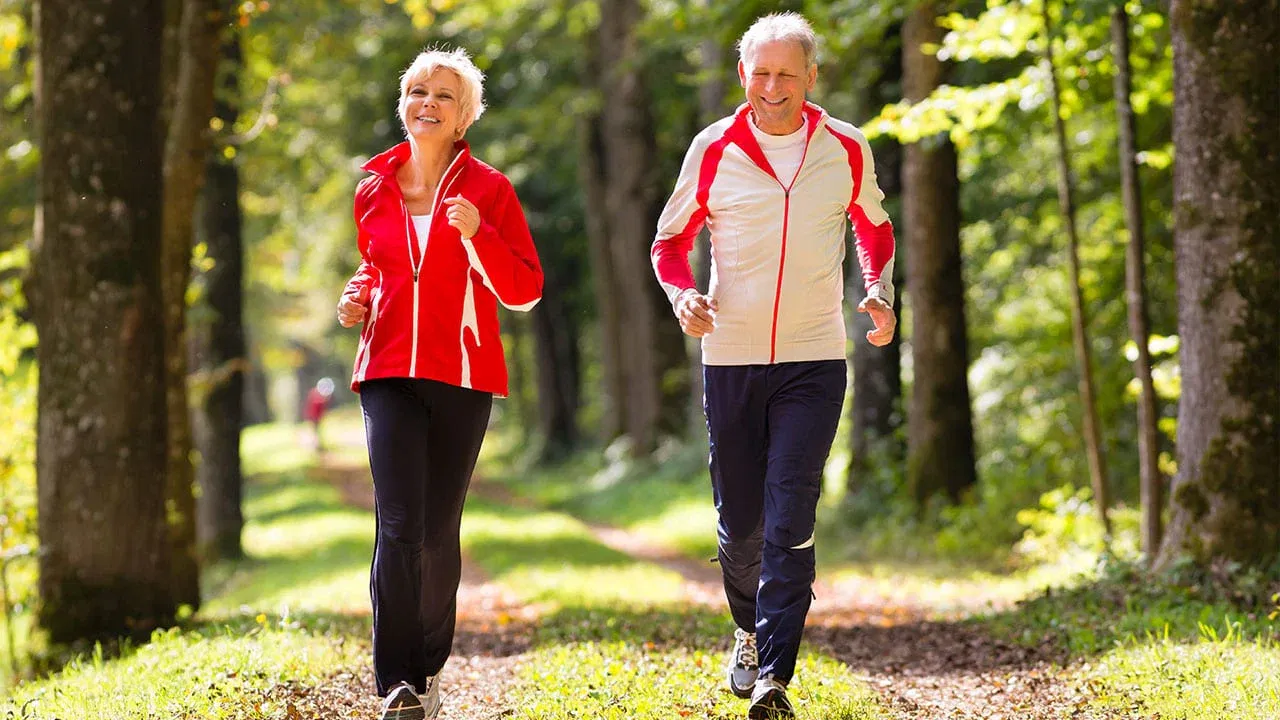
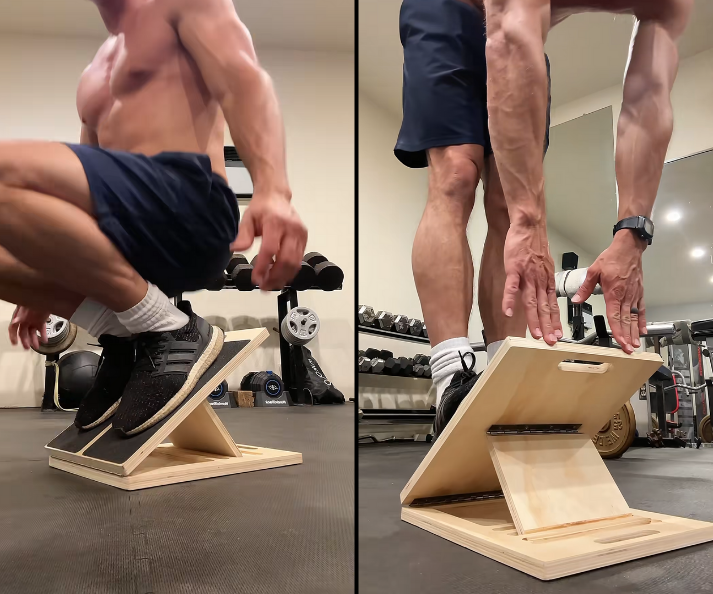
Once you know which muscles to train, the next step is setting your body up to activate them — without straining your knees.
That’s where a small adjustment makes a big difference.
When your heels are slightly elevated, your body naturally shifts more load to your quads — especially the VMO.
This means less pressure on the joint and better control through movement.
The Flexwell slant board was designed to make this effortless.
Its adjustable angles allow you to consistently train in the right position, whether you're doing squats, split squats, or calf raises — without needing to think about form or mechanics.
It turns everyday movements into targeted strength work that supports your knees — instead of aggravating them.

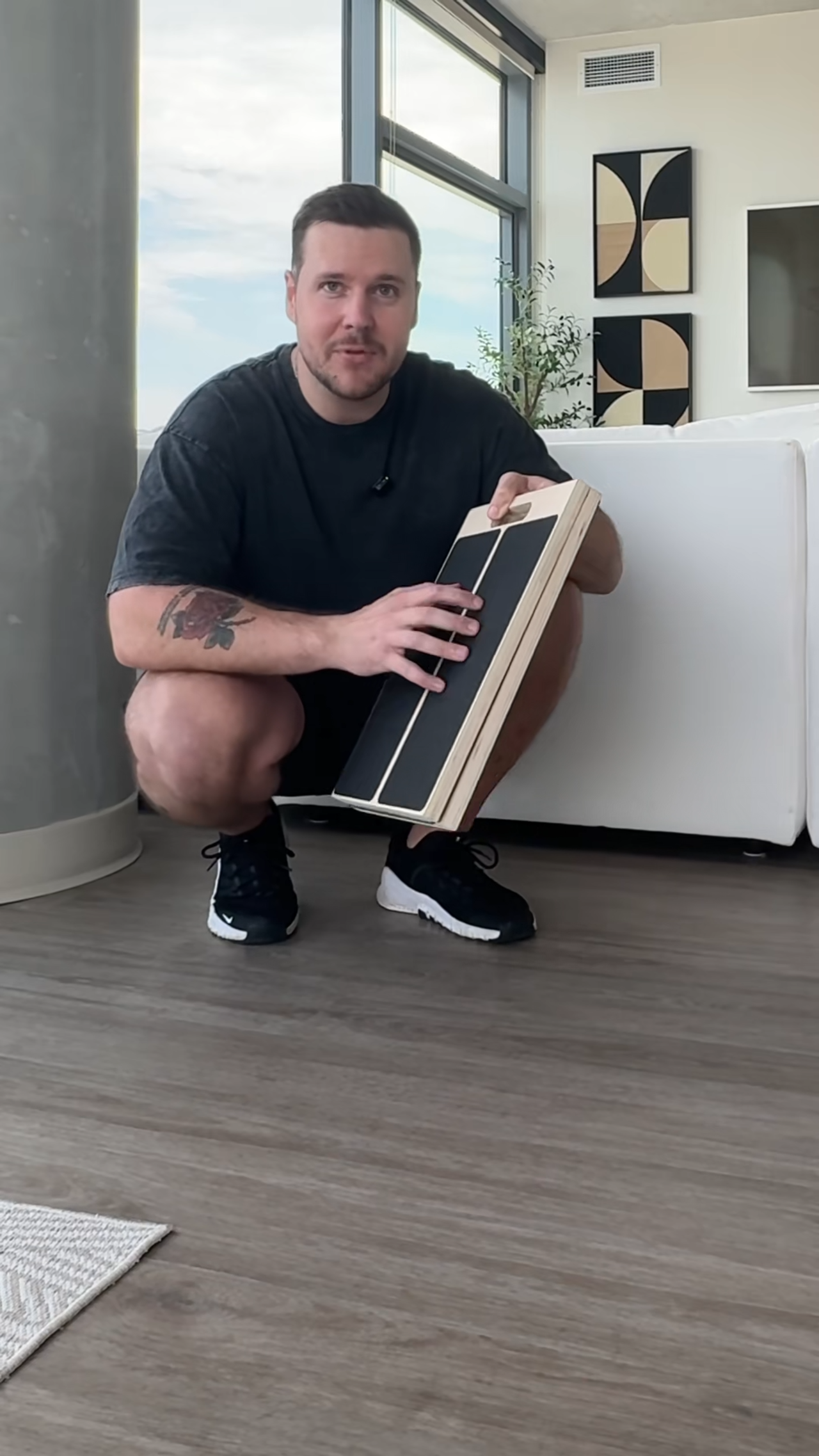
There are plenty of slant boards out there.
But most of them weren’t designed with long-term use or joint safety in mind.
They’re either locked at one angle… too steep for beginners… or so flimsy that they feel unstable as soon as you add weight.
The Flexwell board is different.
It was built to do one thing well: Help people train the right muscles — especially the VMO — without putting more stress on their knees.
It’s fully adjustable, which means you can:
Start low and build confidence over time
Customize the angle to match your current ability
Use it for both heel- and toe-elevated work without switching equipment
It’s also stable, compact, and built to support real weight.
As a physical therapist, this is the board I recommend — not because it’s trendy, but because it makes proper muscle activation simple, scalable, and safe for adults who need it most.
Whether you’re just getting back into movement, or looking to stay consistent long-term — this is the setup I trust.
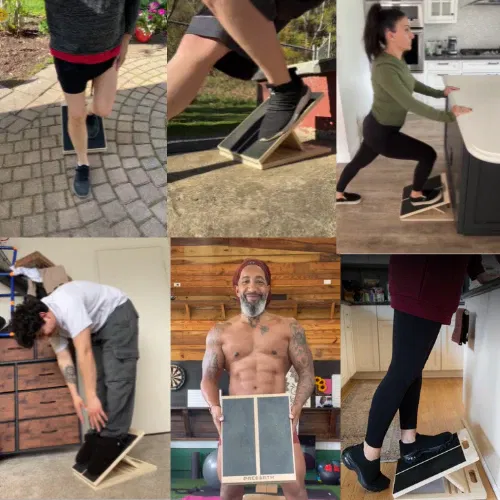
You’re not the only one who’s never heard of the VMO.
Most people using the Flexwell board had no idea this muscle existed — let alone that it was the reason their knees hurt.
But once they started activating it properly, things changed.
Less pressure going up and down stairs
More confidence in squats and everyday movement
Knees that finally started to feel stable again
Many of them weren’t athletes or rehab clients.
They were just regular adults who were tired of the cycle — rest, flare-up, avoid movement, repeat.
Over 100,000 people have now used the Flexwell board to retrain their lower body, take pressure off their joints, and finally start feeling like their knees are working with them — not against them.
And they’re doing it without gyms, complex routines, or second-guessing their form.